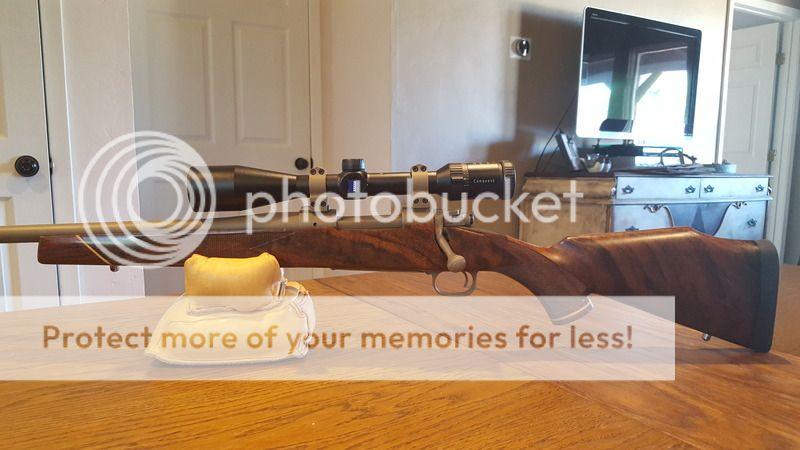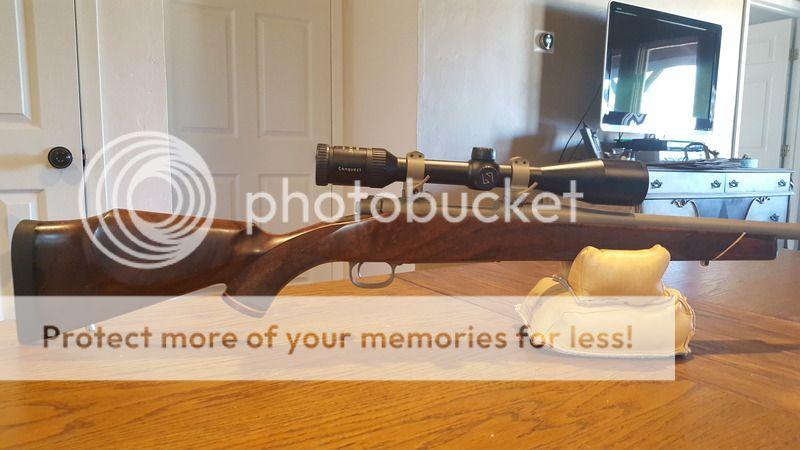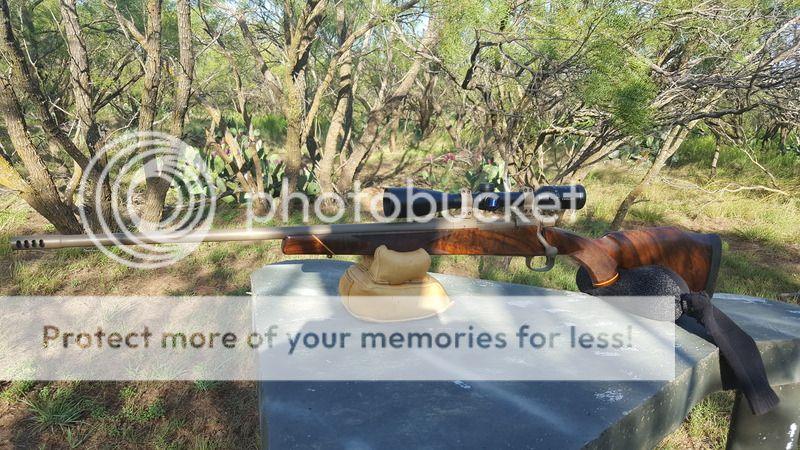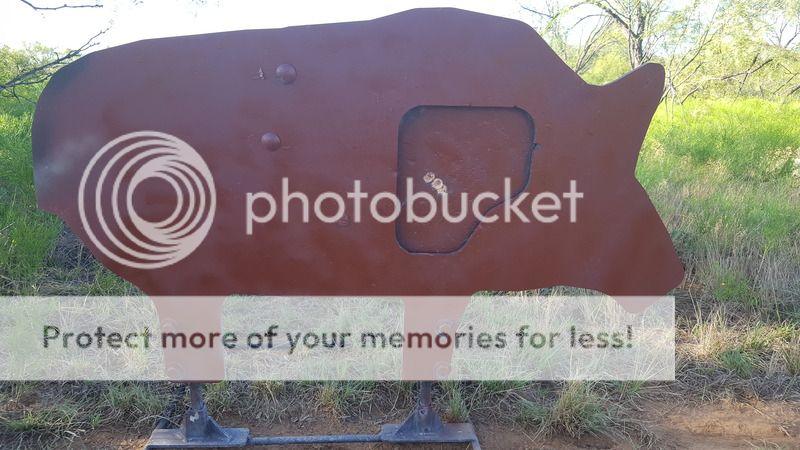Jeff In TX
Well-Known Member
I had Chad Dixon rebuild my LH Winchester Model 70 .300 WSM into a McMillan stock and Brux barrel into a precision tac driving rifle. About six or seven years ago I got the itch to have a AAA grade English walnut stock made for it. I decided on a Weatherby MK 5 style stock. The stock is beautiful, unfortunately the stock builder used an aluminum bedding block in the stock. It wasn't fitted to the receiver very well and there was a big recoil lug area which never allowed the recoil lug to mate to the aluminum bedding block the the best I could tell. The rifle in the McMillan stock shoots in .5's to .7's when I do my job. In the wood stock it had a wonderful 3" plus buckshot pattern at 100 yards!
I decided to have it bedded. I talked with Chad about the project and he wasn't keen on bedding over the aluminum bedding block and explained his reasons, Since it was a simple bedding job of just the recoil lug area i had my local g-smith look it over and he said no problem. My local g-smith did a great job bedding the rifle, it was amazing looking at the bedding how much bedding material filled in the recoil lug area. This will be the rifle I take on my Wyoming buffalo hunt in Oct and have decided to leave it in the wood stock for the hunt!
The first shot to the upper left was my cold bore shot. I was actually aiming at a black magic marker spot I put on the target that the second shot hit. The third shot was a hair higher/left of POA. Not too bad for a beautiful wood stock!




I decided to have it bedded. I talked with Chad about the project and he wasn't keen on bedding over the aluminum bedding block and explained his reasons, Since it was a simple bedding job of just the recoil lug area i had my local g-smith look it over and he said no problem. My local g-smith did a great job bedding the rifle, it was amazing looking at the bedding how much bedding material filled in the recoil lug area. This will be the rifle I take on my Wyoming buffalo hunt in Oct and have decided to leave it in the wood stock for the hunt!
The first shot to the upper left was my cold bore shot. I was actually aiming at a black magic marker spot I put on the target that the second shot hit. The third shot was a hair higher/left of POA. Not too bad for a beautiful wood stock!




